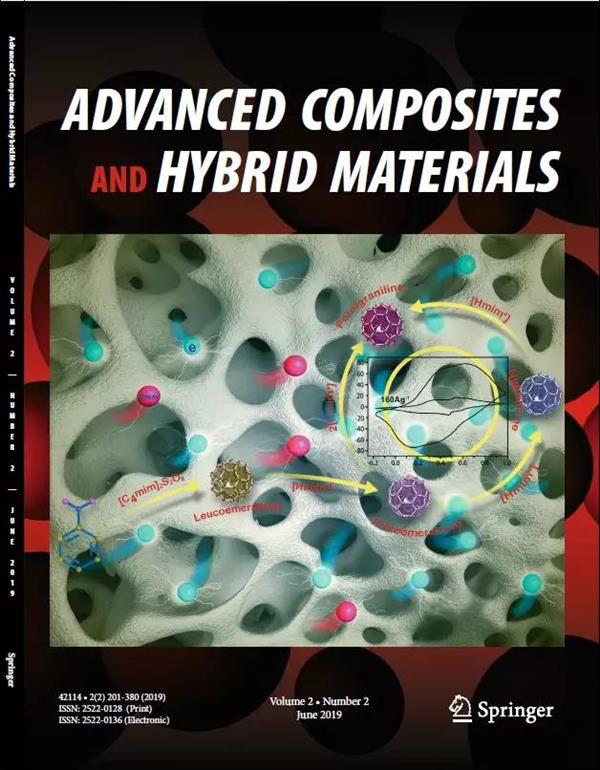Pulsed DC plasma-liquid interaction was used to prepare Ag-doped Fe3O4@SiO2@TiO2 (PP-FST) core–shell in a very short time compared to conventional methods. Tetraethyl orthosilicate (TEOS) and Ti(IV) isopropoxide precursors were employed as sources of SiO2 and TiO2, respectively, under the influence of plasma-liquid interaction using silver metal electrodes. TEM images and EDS mapping proved the successful formation of Fe3O4@SiO2@TiO2 core–shell structure without the detection of Ag NPs on the PP-FST surface. This proposed the dispersion of Ag NPs within TiO2 lattice during the synthesis process using the plasma-liquid technique. The XRD patterns show an increase of the crystallinity of the sample after exposure to plasma. Furthermore, structural and optical properties were studied using XPS and UV–Vis, respectively. The synthesized FST core–shell exhibited outstanding light absorption capabilities which may be attributed to the strong surface plasmon resonance (SPR) effect at the interface of the Ag nanoparticles and the TiO2 semiconductor. This interaction lowers the energy band gap of PP-FST to 2.05 eV, compared to 2.73 eV for FST. The specific surface area determined by BET analysis was 53.9 m2/g for PP-FST, whereas it was 34.1 m2/g for FST. Moreover, the activity of both the plasma-prepared and conventionally synthesized FST core–shell nano-catalysts was evaluated for the removing of toxic dyes such as Acid Orange 142 (AO). The degradation efficiency significantly increased to 99.6% for PP-FST compared to 80% for FST, highlighting the effect of plasma treatment.


